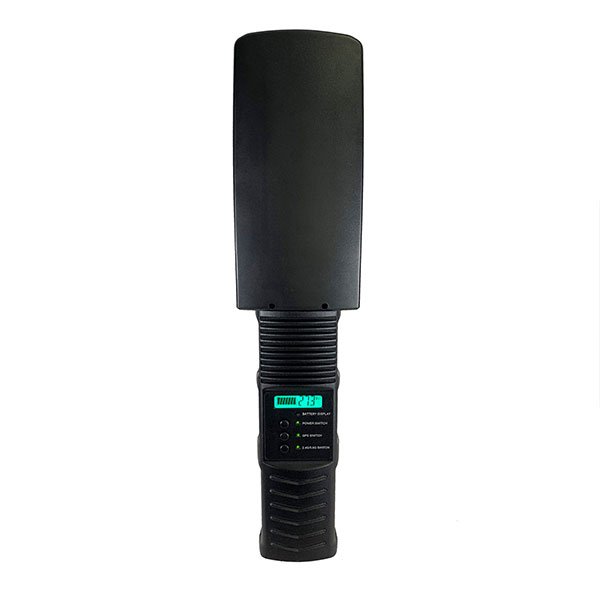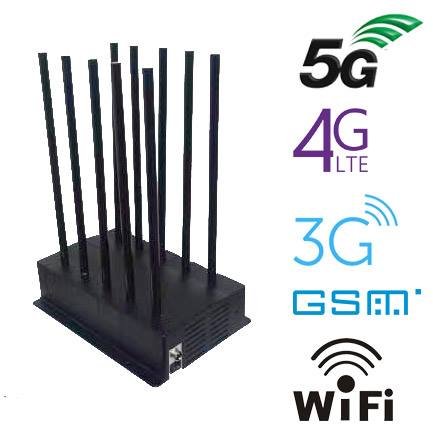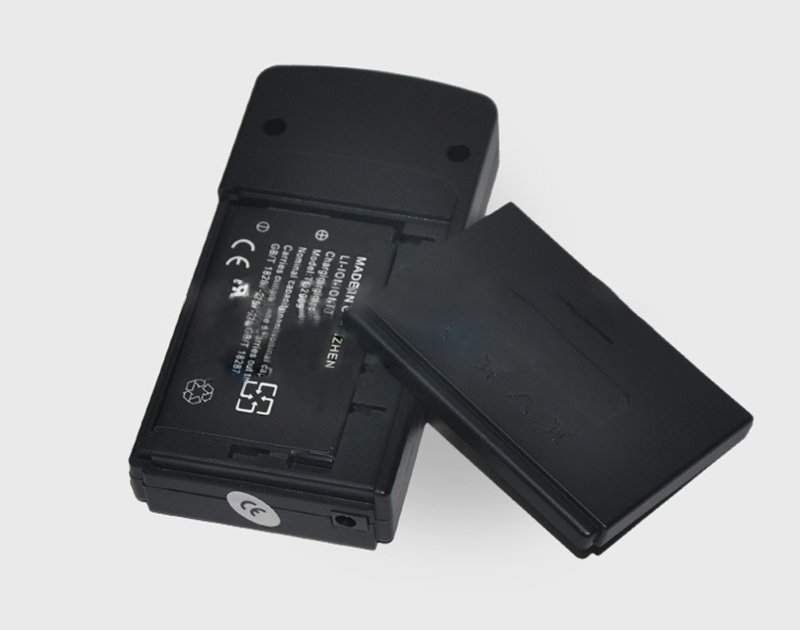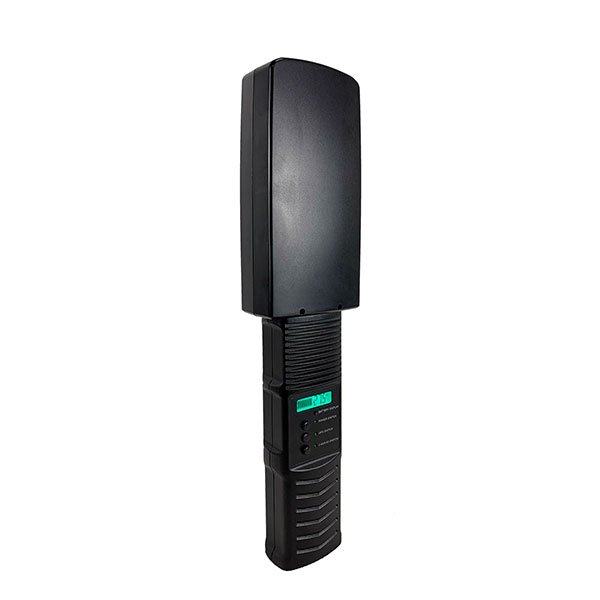Principle of wireless signal jammer
With the advancement of technology and the increase in the use of signal jammers, wireless signal jammers have become an effective solution for various applications. In order to promote a better understanding and widespread use of these devices, let’s take a deep look at their working principles.
In 4G wireless communications, a sufficient signal-to-noise ratio is essential for effective reception and successful communication. Based on this working principle, a typical 4G wireless signal jammer consists of a power supply, an electronic scanning control unit, a segmented RF module unit, an amplifier unit, a transmitting antenna unit, etc. The signal generator generates a scanning signal, which then passes through an inverter and enters the oscillator to modulate to the mobile communication working frequency band. The modulated signal is amplified by a power amplifier and a voltage regulator to control the power. The amplified sweep signal is then transmitted into the air in the form of radio waves.
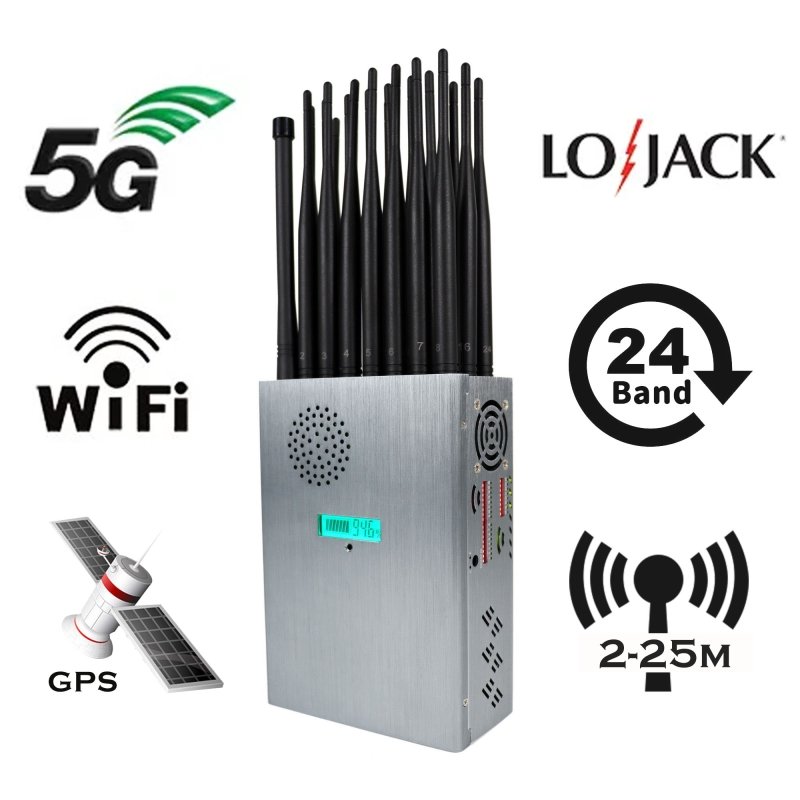
The wireless WIFI jammer introduces garbled interference through the sweep signal, destroying the information signal received by the mobile phone. This interference increases the ratio of the noise signal to the device threshold, making it impossible for the mobile phone to receive the normal 4G data transmitted by the base station, resulting in the mobile phone being unable to establish a normal connection with the base station, resulting in the mobile phone having similar prompts such as signal loss and no service, effectively achieving a shielding effect.
Today’s society is developing rapidly, and technological progress is obvious, especially from the transition from 3G to the current 4G era. While 5G is rising, 4G signals still dominate. This raises an important question: Can the signal jammer in the examination room block 4G signals? The answer is crucial. Modern examination room signal jammers have been upgraded, and blocking 4G signals has become standard. But it should be noted that some lower-priced signal jammers on the market may only block 2G or 3G signals.
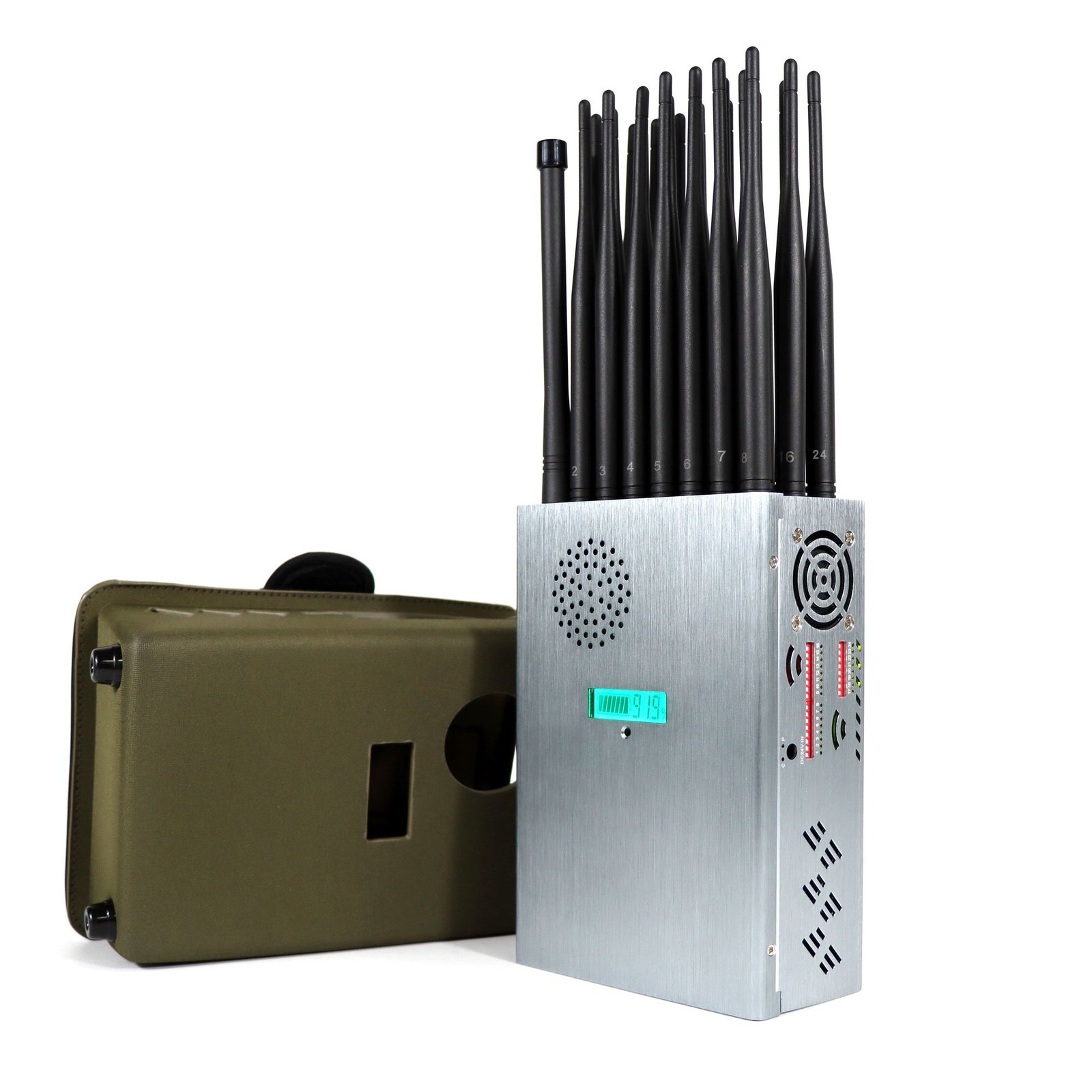
For those who are not familiar with this industry, it is easy to be misled. A signal jammer designed for the examination room to block 4G signals generally requires at least 8 antennas. At present, there are two types of eight-antenna Cell Phone Jammers: one is an external antenna, similar to a router, but with more antennas; the other is a built-in antenna, similar to a set-top box, which can be directly plugged into the power supply for use. Most of the eight-antenna jammers can block multiple signals, and some can even block 5G signals. The test signal jammer of Beijing Texin Electronics Co., Ltd. is an example. Although the 4G era will eventually end, Texin Electronics has always been at the forefront of technology and has proactively added 5G signal shielding functions to its new signal jammers. Customers do not need to replace hardware facilities during the transition period, greatly reducing their costs.
Best Selling Signal Jammers
-
Product on sale
 4G Jammer Hot Sale 8 Antenna Portable Handheld Cell Phone Signal BlockerOriginal price was: $599.00.$219.99Current price is: $219.99.
4G Jammer Hot Sale 8 Antenna Portable Handheld Cell Phone Signal BlockerOriginal price was: $599.00.$219.99Current price is: $219.99. -
Product on sale
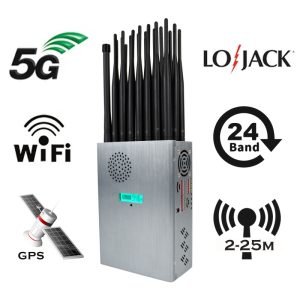 World First Portable 24 Antenna Full Frequency Jammer Blocks All SignalsOriginal price was: $1,599.00.$829.88Current price is: $829.88.
World First Portable 24 Antenna Full Frequency Jammer Blocks All SignalsOriginal price was: $1,599.00.$829.88Current price is: $829.88. -
Product on sale
 Handheld 4G 5G Jammer VHF LOJACK WiFi GPS 16 Antenna Interceptor High PerformanceOriginal price was: $1,539.00.$839.99Current price is: $839.99.
Handheld 4G 5G Jammer VHF LOJACK WiFi GPS 16 Antenna Interceptor High PerformanceOriginal price was: $1,539.00.$839.99Current price is: $839.99. -
Product on sale
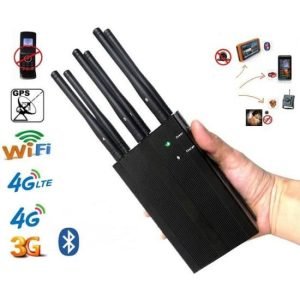 6 Antennas Cell Phone Signal Jamming Device WIFI GPS GSM 3G CDMA DCS 4GOriginal price was: $429.00.$299.99Current price is: $299.99.
6 Antennas Cell Phone Signal Jamming Device WIFI GPS GSM 3G CDMA DCS 4GOriginal price was: $429.00.$299.99Current price is: $299.99.


